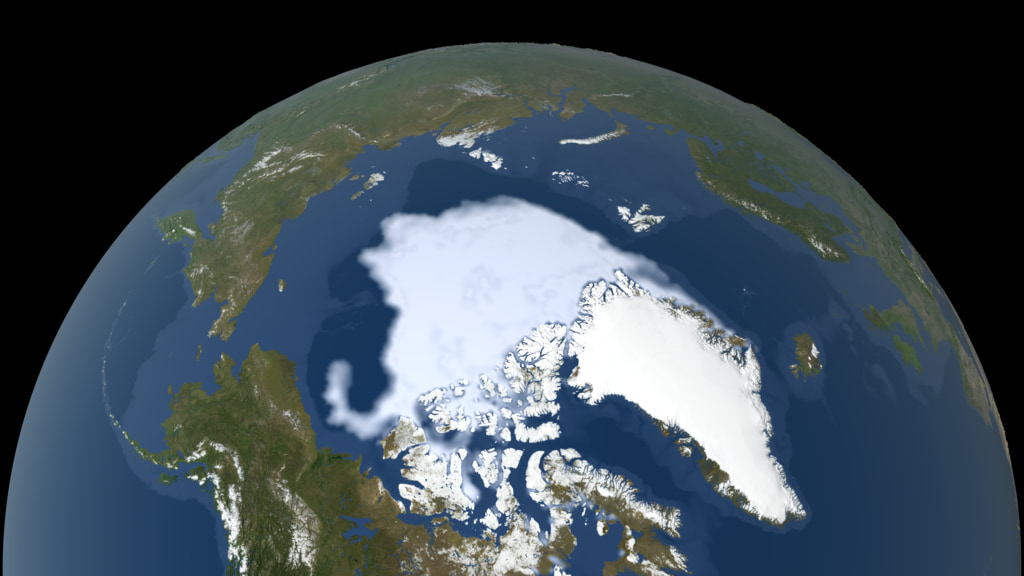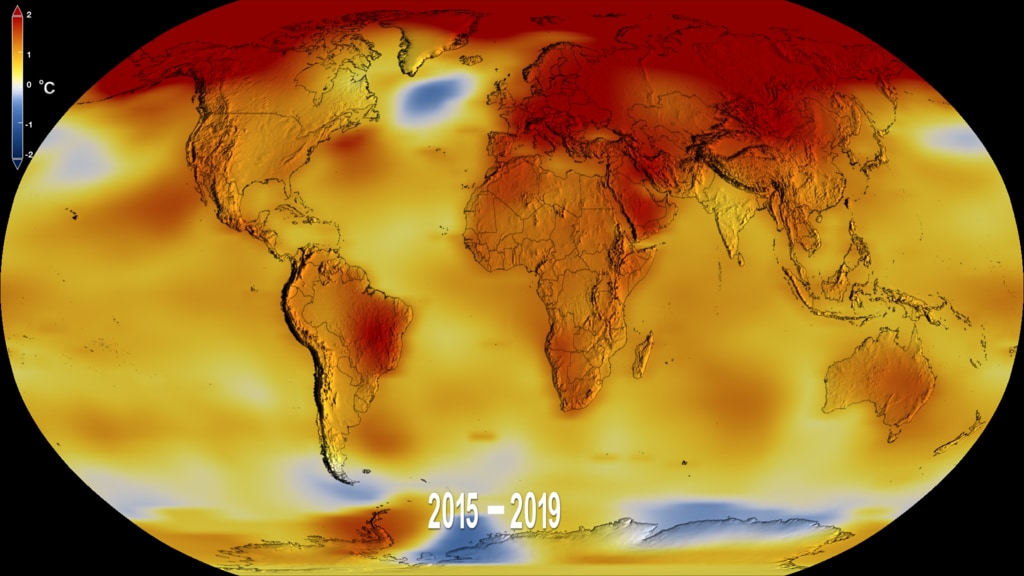2020 Global Temperature Announcement Live Shots
NASA and NOAA Scientists Available January 15 To Share Latest Global Temperature Update With Your Viewers
On January 14th, climate experts from NASA and NOAA will release their annual assessment of global temperatures over the last year. NASA and NOAA scientists are available for one-on-one interviews on January 15th from 6:00AM-1:00PM EST. Find out where 2020 fell in the climate record books, and what it means for the longer term trend.
Each year, NASA and NOAA undertake the huge task of measuring the average temperature of the Earth, using an impressive fleet of satellites in orbit as well as scientists making local measurements all around the globe. Understanding these long-term changes is vital to how we interact with our environment, from planting different crops to managing water resources, to predicting the strength of hurricanes.
Interviews will be conducted using video chat programs including Skype in 15-minute slots. For example 600-615 ET, 615-630 ET, etc. Satellite interviews are not available. Interviews are available in Spanish
To book an interview please fill out this form: https://forms.gle/LMHA7o75adexoDkR6
Participating Scientists:
Gavin Schmidt (GISS) / Director, NASA Goddard Institute for Space Studies
Tom Neumann / Cryospheric Sciences Lab Chief, NASA GSFC
Lesley Ott / NASA Climate Scientist
Liz (Elizabeth) Hoy (GSFC) / Senior Support Scientist, NASA Carbon Cycle and Ecosystems Office
Rachel Tilling / Cryosphere Scientist
Russ Vose / NOAA Chief Climate Analyst
Adam Smith / NOAA Disaster Expert
Sandra Cauffman / Earth Science Division Deputy Director, NASA HQ [interviews in Spanish]
Alfonso Delgado-Bonal / Atmospheric Scientist, NASA GSFC [interviews in Spanish]
Mayra Oyola (JPL) / Atmospheric Scientist, NASA JPL [interviews in Spanish]
Ahira Sánchez-Lugo / NOAA Climatologist [Interviews in Spanish & English]
Suggested Questions:
1. NASA and NOAA have just released the global temperature data for 2020. Where does it rank?
2. What does this new information tell us about [Please select the question that you believe will hold the most interest for your viewers.]
- a. hurricane trends after the record-breaking 30 named storms last year?
- b. wildfires?
- c. general weather trends that impact viewers all over the country?
3. How else do changes to Earth’s global temperature impact us?
4. What do we expect to see in the future in terms of heat and these global events?
5. Where can we learn more?
B-roll for 2020 Annual Temperature Update Live Shot.
Credits
Please give credit for this item to:
NASA's Goddard Space Flight Center
-
Producers
- Michelle Handleman (USRA)
- Christina Brooke Mitchell (KBR Wyle Services, LLC)
- Victoria Woodburn (GSFC Interns)
- Courtney A. Lee (ADNET Systems, Inc.)
-
Technical support
- Aaron E. Lepsch (ADNET Systems, Inc.)
-
Editors
- Katie Jepson (USRA)
- Kathryn Mersmann (USRA)
Release date
This page was originally published on Friday, January 8, 2021.
This page was last updated on Wednesday, May 3, 2023 at 1:44 PM EDT.

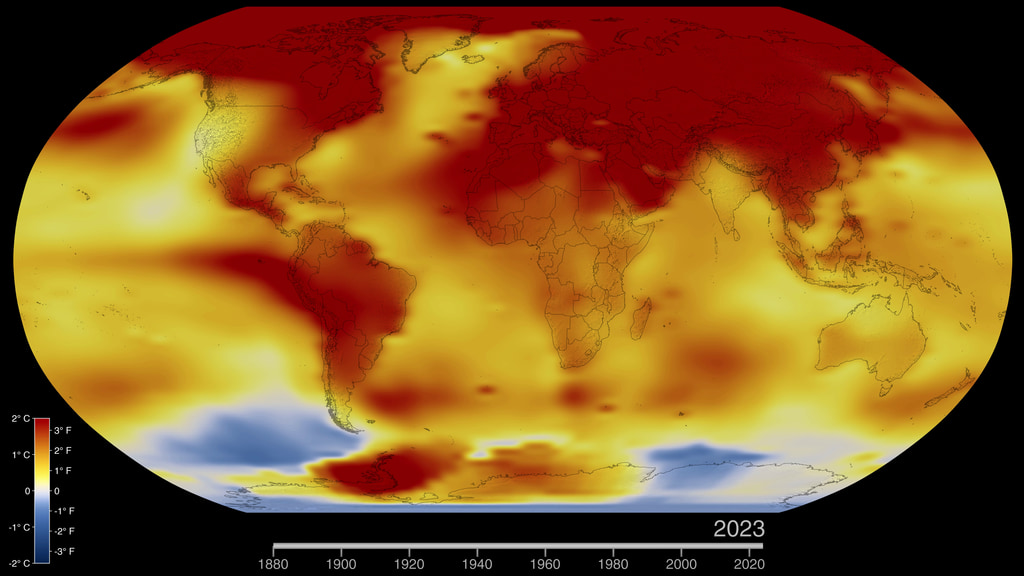
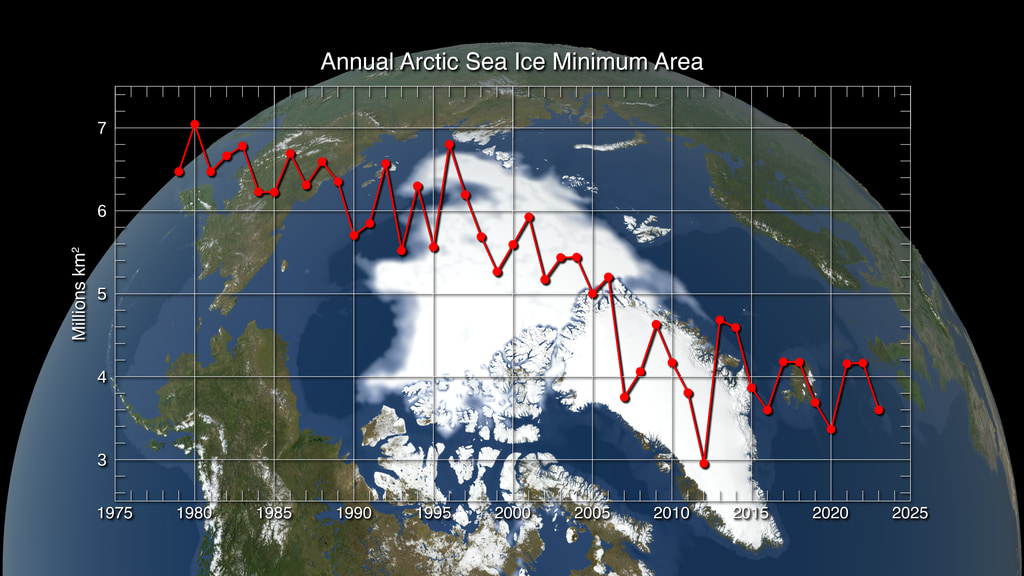
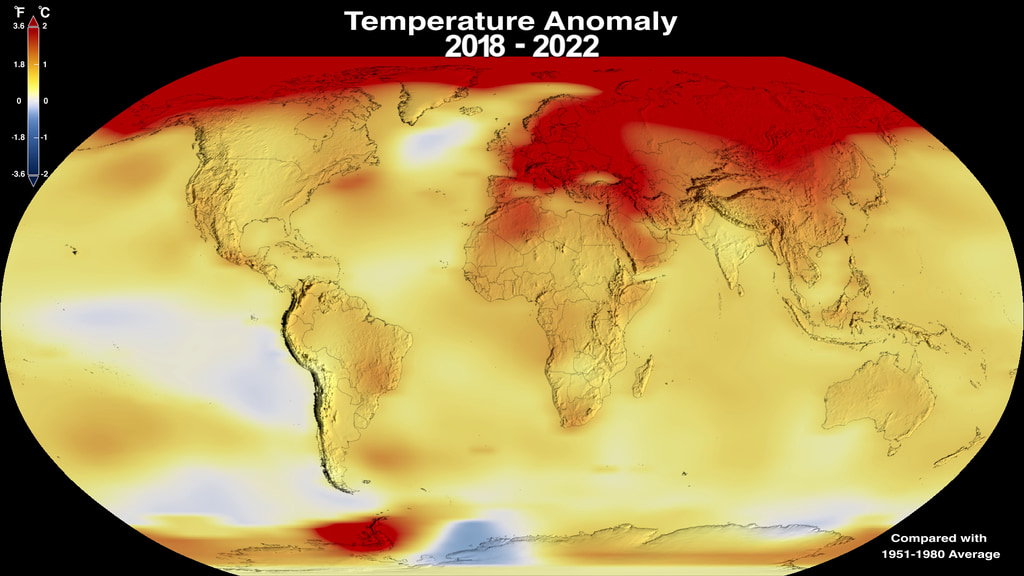
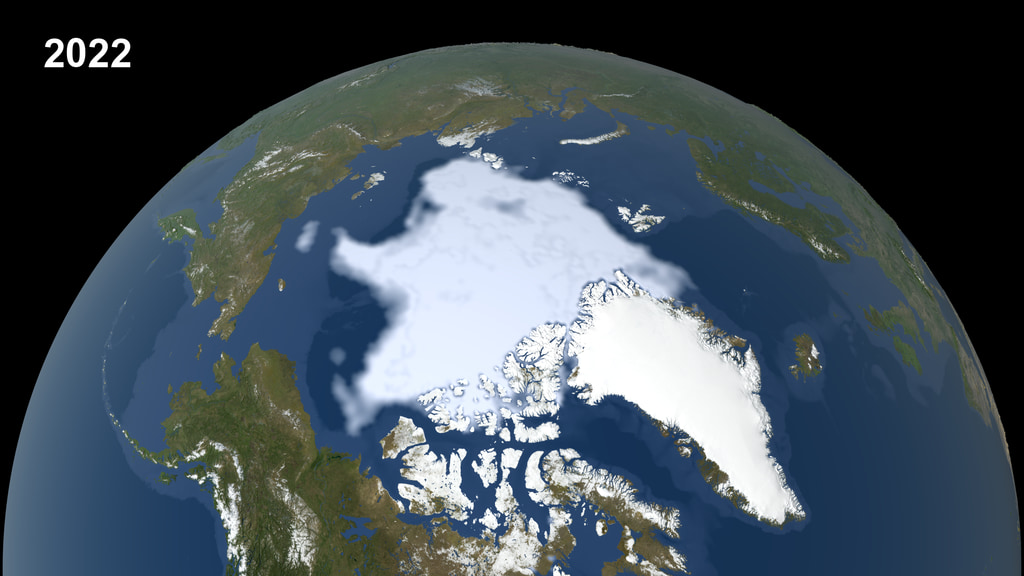
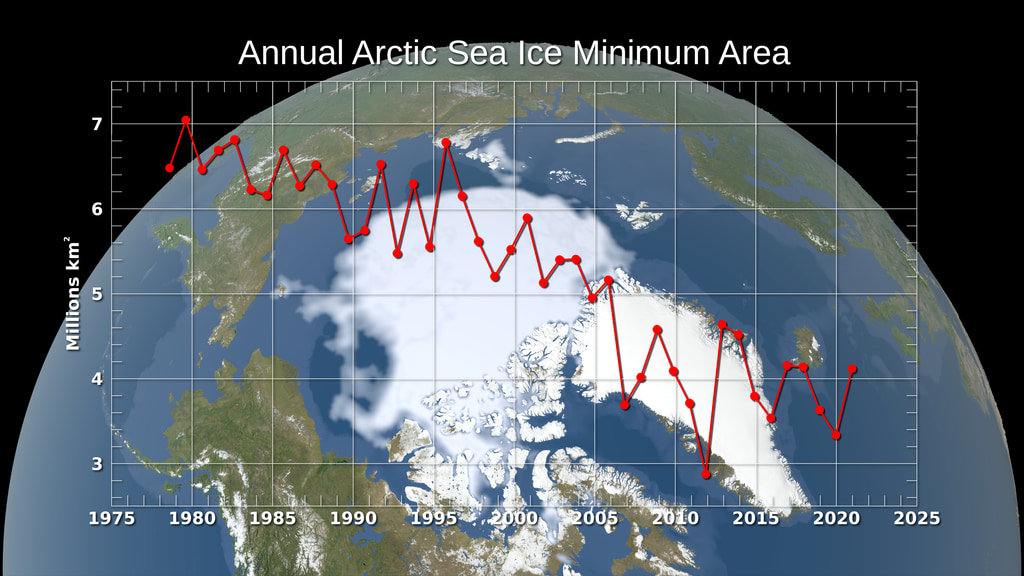
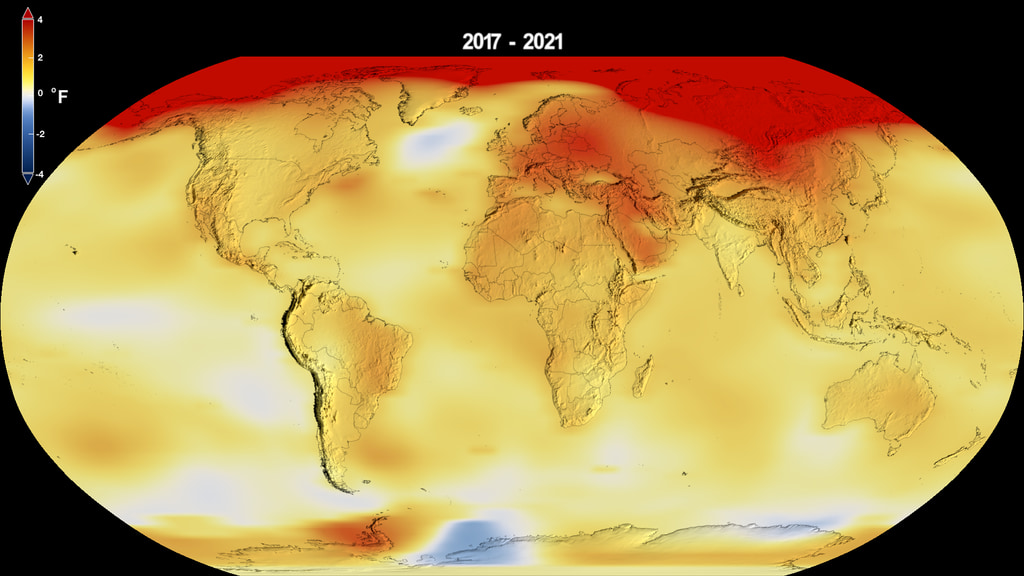
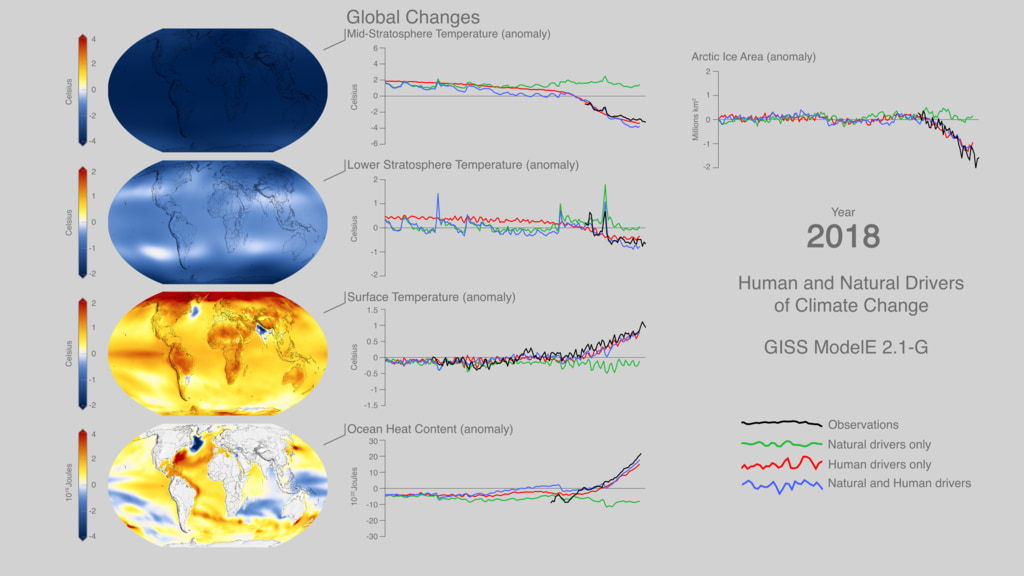
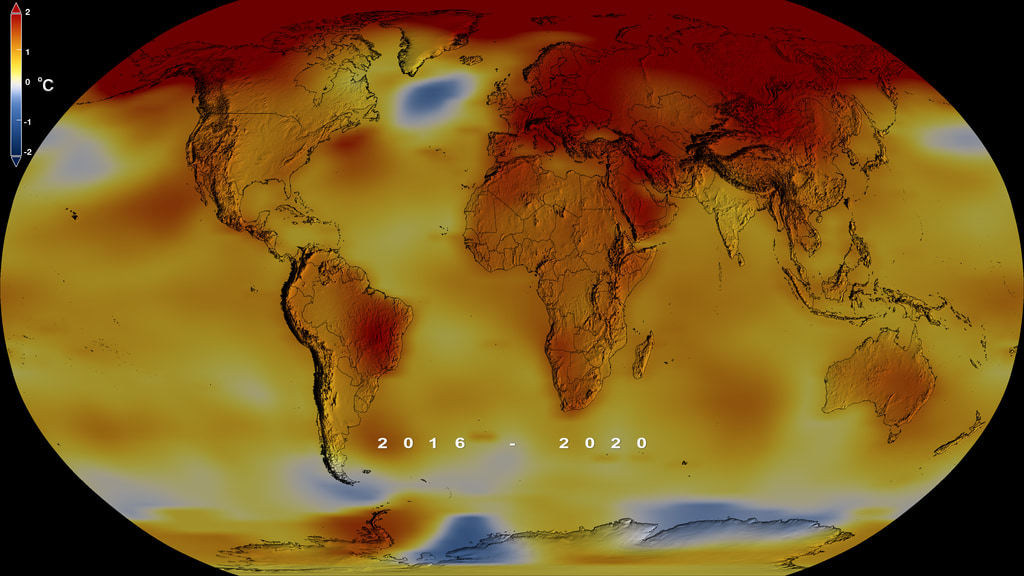
![Music: Organic Machine by Bernhard Hering [GEMA] and Matthias Kruger [GEMA]Complete transcript available.](/vis/a010000/a013700/a013799/2020Temp.png)
